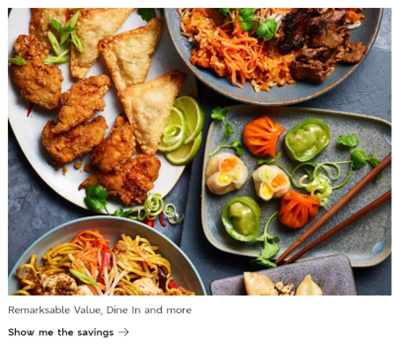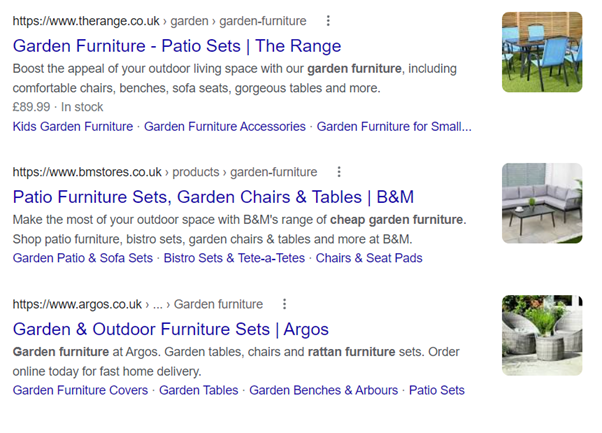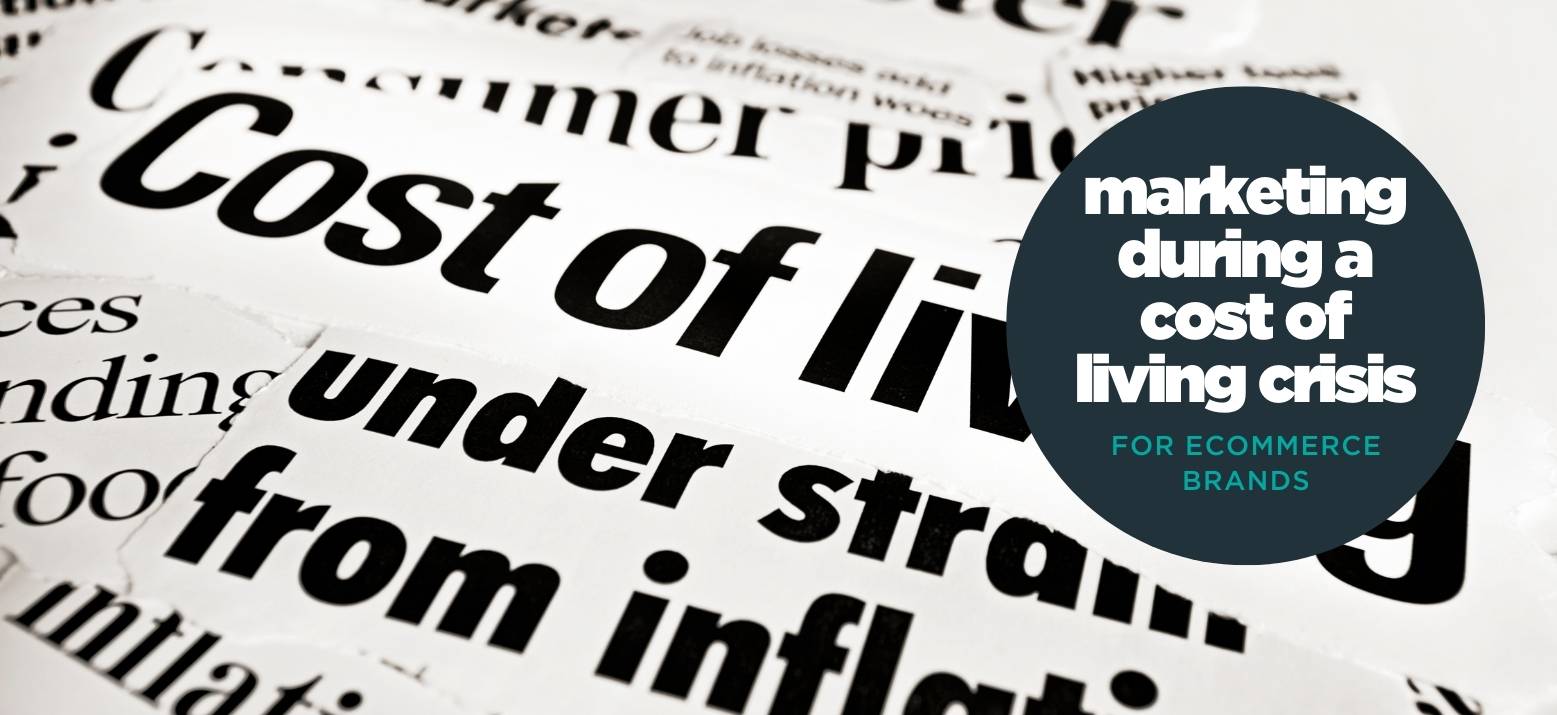At a time when both consumers and businesses are really feeling the effects of rising costs across pretty much every area, it can have a huge impact on people’s shopping habits, the areas in which they choose to spend their money and their priorities.
For ecommerce brands, there are several different areas to consider when it comes to digital marketing strategy at a time such as this. Your marketing and digital PR choices can not only make a difference to the revenue you are able to generate but can also have an impact on your reputation and on customer sentiment towards your brand.
In this blog, using some real-life ecommerce marketing examples, we look at how retailers that sell online can best navigate this really difficult period, for however long it lasts.
Empathetic marketing messaging
With marketing and communications, it’s not always as much about what you say, but how you say it, that can make all the difference to how your key messages are received. During a time where millions of people are struggling to pay their everyday bills, brands that fail to ‘read the room’ when it comes to their marketing campaigns are not likely to do very well.
Instead of ignoring the pinch that many people are feeling on their finances and just hoping for the best, ecommerce brands can acknowledge that times are tough, and tailor their messaging to highlight how they deliver something worthwhile to customers instead.
This can be a real challenge for those selling discretionary products or luxury and top end goods, but ensuring that your marketing feels ‘human’ can go a long way in terms of brand perception.
This October, we’re removing multi-buy promotions on high fat, salt & sugar foods, you’ll no longer need to purchase more of these products than you need to save. We’ll continue to bring you great value on products as part of our Better Baskets commitment https://t.co/MSO1ahqVyL pic.twitter.com/QZDczCvRJz
— Tesco (@Tesco) May 19, 2022
An appropriate focus on value
Even brands that are certainly considered ‘luxury’ can potentially create messaging around value and quality, although care should be taken to ensure it is sensitively done. M&S Food are usually pretty good at finding the right kind of balance here (helped by their awesome food imagery, of course) and manage to tick both boxes with their famous dine-in meals.

The value messages are perhaps easier for Aldi than for M&S, but value for money isn’t only about the actual cost, it’s what the customer gets in return for their spend.
If your products offer great quality, durability and have other benefits too, such as sustainability or a charitable focus or outcome, shoppers are often willing to pay more for something that they feel might help them save more in the future (avoiding the ‘buy cheap, buy twice’ false economy) or has other benefits that line up with their own values.
Incorporate transparency into your marketing communications
We’ve already talked about acknowledging that times are tough financially, but transparency as an ecommerce brand goes further than this.
Some brands are taking the step of explaining to customers that their product costs are going up and exactly why that is the case, rather than just putting prices up and saying nothing about it.
Beauty brand Deciem increased prices on some of their products in February 2022, but a week before the changes, they informed customers across social media about what was happening and why, which gave people a chance to stock up at the old price before the increase (bet they took a lot of sales that week!) and also offered an honest explanation for why this was necessary.
Judging by the comments on their Facebook post announcing the changes, it went down pretty well with the vast majority of their customers.
If people with less expendable income are making a buying choice, would they rather opt for a brand that seems to value and respect their customers or buy from one that sweeps things like price increases under the carpet?
Organic search strategy tweaks around value-related terms
While there is no point spending time and money targeting terms like ‘cheap paddle boards’ when you know that your paddle boards have the highest price point around, it is always worth reviewing your SEO keyword targeting to ensure that there is some provision in there for those potential customers who are looking for cheaper alternatives when they shop online.
Someone searching for any kind of product on a cost-related term is usually pretty far down the buying funnel and are at the stage of comparing different options for their price and features. Intent-led keywords are all-important here, so it’s essential to understand how your target audience search for products when price is a major factor for them. Take a look at our guide to ecommerce keyword strategy for more information on this topic.
Convincing people to click through to your site from search engine results is also important. A quick search for ‘cheap garden furniture’ at the time of writing brought up the below organic results as the top three. Which would you click on? Ensure that your page titles, meta descriptions and images are all optimised to what you know appeals most to your target audience.

Care taken with marketing about consumer credit options
The Financial Conduct Authority has recently written to consumer credit firms with a warning about their conduct during the cost of living crisis, to help ensure they don’t play down the risks of borrowing when marketing to customers who might look for credit in order to spread the cost of purchases, during a time when budgets are more stretched than ever.
Retailers utilising these kinds of credit solutions on their website, such as buy now, pay later (BNPL), will already be aware of the heavily regulated guidelines over what can and can’t be said to customers in relation to buying via credit. However, this move by the FCA indicates that they will be watching closely for any breaches to ensure that customers are being treated fairly and not misled about any aspect of borrowing to pay for goods.
Providing useful cost-saving content to customers with your marketing strategy
As budgets become increasingly stretched, more and more people will be looking for content that will help them to make savings in every area of their life.
This isn’t the right context for sales-driven content, and using money saving topics to try and sell more products isn’t going to go down well with potential customers. However, genuinely useful content offering advice or tips that will make a real difference to people can help to improve sentiment towards your brand and make you more memorable when it does come to purchase decision time.
The nature of business and the specific audience that you target will be the main things that shape your content marketing activity in this area, and while its primary purpose isn’t a selling tool, you don’t want to dissuade potential customers from making a purchase either.
It’s also vitally important to consider the best channels and mediums for this content so you can get it in front of the right people. Making a video, a blog, several social posts, user-generated content and even a PR campaign out of one single creative content idea can amplify your reach and maximise results for your budget.
Example: Nike – How to make your running shoes last longer
If you would like some help with your brand’s digital marketing strategy during the cost-of-living crisis, our team would love to hear from you. Get in touch using the form below.







